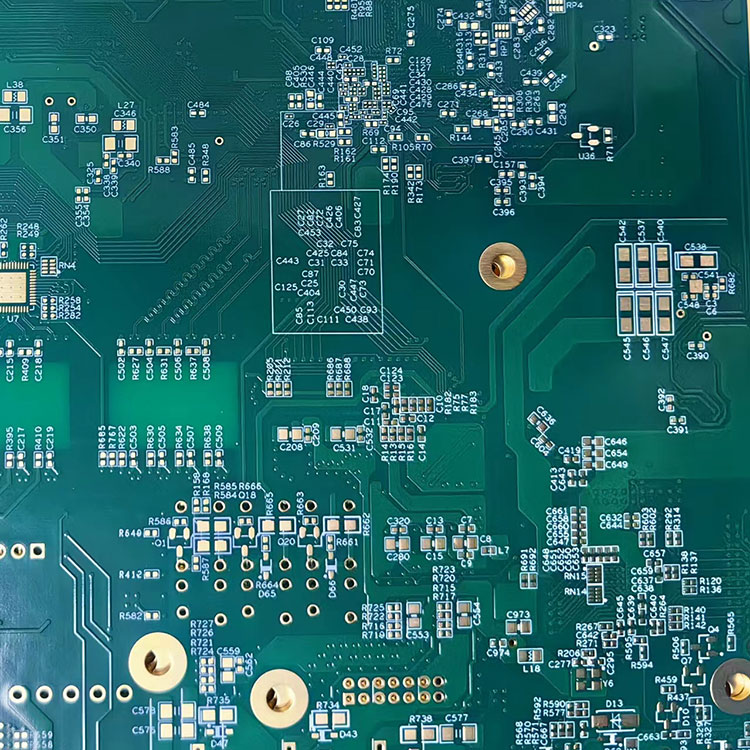
Multilayer PCBs provide several advantages over single-layer PCBs. One of the key advantages is that they offer more space for components. Multilayer PCBs stack multiple PCBs on top of each other, which frees up more surface area by eliminating the need for additional layers. Additionally, multilayer PCBs reduce electromagnetic interference and increase signal integrity, which makes them ideal for use in high-speed digital applications.
There is no set number of layers that a multilayer PCB can have. The number of layers depends on the complexity of the circuit design and the performance requirements. However, typical multilayer PCBs range from 4 to 20 layers with some designs having up to 30 layers.
The cost of a multilayer PCB depends on various factors like the number of layers, board size, copper thickness, materials used, and turnaround time. Generally, multilayer PCBs are more expensive than single-layer PCBs. Still, the economies of scale that come with high-volume production can make them more cost-effective in the long run.
The future of multilayer PCB in the electronics industry looks bright. As electronic devices become more compact and powerful, the demand for multilayer PCBs will increase. With technological advancements and material innovations, the capabilities of multilayer PCBs will also improve, creating opportunities for new applications and markets.
Multilayer PCBs are essential components of the modern electronics industry. They offer superior performance, reduce interference, and increase signal integrity. With the increasing demand for compact and power-packed electronic devices, the future of multilayer PCBs looks promising.
Hayner PCB Technology Co., Ltd. specializes in the design and manufacture of high-quality PCBs, including multilayer PCBs. With years of experience and a team of highly skilled professionals, Hayner PCB Technology Co., Ltd. strives to offer the best solutions to its clients. For inquiries, please contact sales2@hnl-electronic.com.1. Shrestha, S. (2021). Multilayer PCB: Advantages and Disadvantages. Retrieved from https://www.electroniclinic.com/multilayer-pcb-advantages-and-disadvantages/
2. Liu, J., & Xu, J. (2021). Multi-Layer PCB Design Rules of Thumb. Retrieved from https://www.altium.com/solution/multi-layer-pcb-design-rules-thumbs
3. Yamaguchi, Y. (2018). Multilayer PCB for High-performance Systems. Journal of the Society for Information Display, 26(10), 547-554.
4. Zhang, L. (2017). A Study on Multi-layer PCB. Test Research, 4, 163-166.
5. Kim, H. M., & Cho, H. S. (2021). Multi-Layer PCB Design Analysis using the Finite Element Method. Journal of Mechanical Science and Technology, 35(4), 1585-1592.
6. Zhang, Y. (2019). Research on Intelligent Control System Based on Multi-layer PCB. Journal of Physics: Conference Series, 1175, 032078.
7. Sebastian, S. (2020). Multilayer PCB Circuit Design. Retrieved from https://www.elprocus.com/multilayer-pcb-circuit-design/
8. Hu, J. (2020). Application of Multilayer PCB in Electronic Products. Journal of Physics: Conference Series, 1489, 032129.
9. Chen, C., & Mei, B. (2018). Multi-layer PCB Design and Manufacturing Processes. Electronic Components and Materials, 37(12), 92-95.
10. Kopp, O., Ehrenreich, T., & Schott, U. (2019). Electrically Conductive Adhesives for Multilayer PCBs. Adhesives, 1(1), 52-66.
